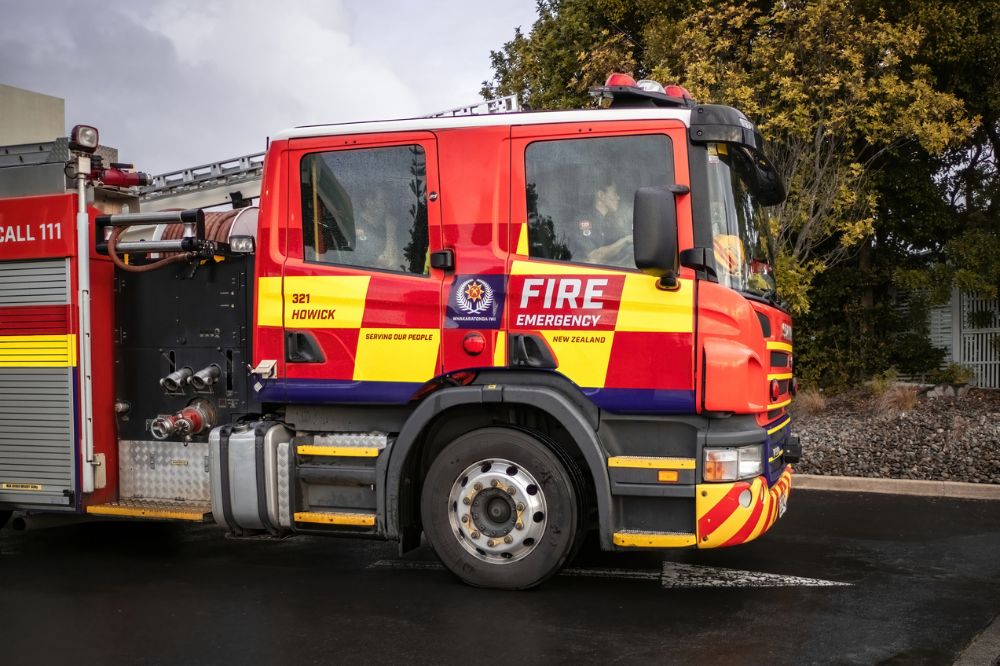Minister calls insurance-based levy model “the best option”

“This bill amends the start date for the new levy to July 1, 2026,” she said. “In doing so, it allows preparation time for insurers to implement the new levy, along with time for associated regulations to be complete. Property insured against physical loss or damage from fire will pay the levy, instead of property insured against physical loss or damage. This bill also means that the levy will be calculated on the sum insured rather than the amount insured in an insurance contract.
“What these changes do is better align with insurance practice, avoiding the need for complex calculations or the risk of people being levied twice. We are committed to ensuring that the new Fire and Emergency levy is simple and efficient to implement. The bill will minimise disruption and compliance costs from the new levy, while remaining aligned to the levy principle that the Fire and Emergency New Zealand Act sets out.”
In a separate pronouncement following the bill’s passing, Edmonds cited the “best balance” between a fair and cost-effective funding model. She said it was important to ensure a fit-for-purpose funding model, given that FENZ is funded by a 97% levy collection on insurance policies.
“By getting this framework right, we are delivering on a more effective and efficient levy regime that benefits insurance holders,” she said after the amendment bill crossed the finish line. “These changes will reduce cost pressures on the insurance sector, keeping costs lower for New Zealanders.”





